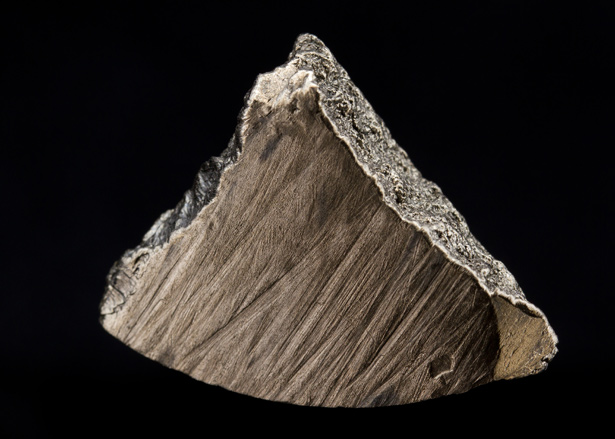 US geeks rejoice, a tiny southeastern Nebraska hamlet may be your salvation. A report says that Elk Creek, Neb. may be home to the world’s largest untapped rare earth mineral deposit. These expensive and hard to mine minerals are very important to modern gadgets, and the discovery means less dependance on foreign supplies.
US geeks rejoice, a tiny southeastern Nebraska hamlet may be your salvation. A report says that Elk Creek, Neb. may be home to the world’s largest untapped rare earth mineral deposit. These expensive and hard to mine minerals are very important to modern gadgets, and the discovery means less dependance on foreign supplies.
Last week, preliminary test drilling results in Elk Creek by the Canadian Quantum Rare Earths Developments Corp. showed a significant chunk of rare earth minerals as well as niobium according to the Washington Times.
Niobium is a steel strengthener vital to aerospace and automotive industries. For automobile owners, niobium helps keep cars stay light and gas-efficient. The rare earth minerals are important because they are used in many TVs and laptops as well as in tablets, smartphones, laser pointers, disk drives, wind turbines and electric car batteries among other things.
Quantum’s CEO Peter Dickie said, “Without these minerals, our cellphones would be 3 pounds.”
The 112 people in the Nebraska village have been very excited about the boom in their economy due to this recent attention. The potential mining foray would be the first in the country in 10 years.
Rare earth minerals are actually plentiful but spread out, making it not worth the expense of setting up mining operations. What is rare is finding high concentrations worth mining. China currently has a stranglehold on supply with a huge 97% of the market, making many nations heavily dependent on them for the 17 minerals said to be rare earths. The US also gets much of their niobium from Brazil.
Studies actually show that the US has about 13 million metric tons of rare earth minerals. The problem comes from obtaining permits to mine; however, a new bill approved last month by the House Natural Resources Committee aims to ensure a steady supply in case of a normal supply chain breakdown.


